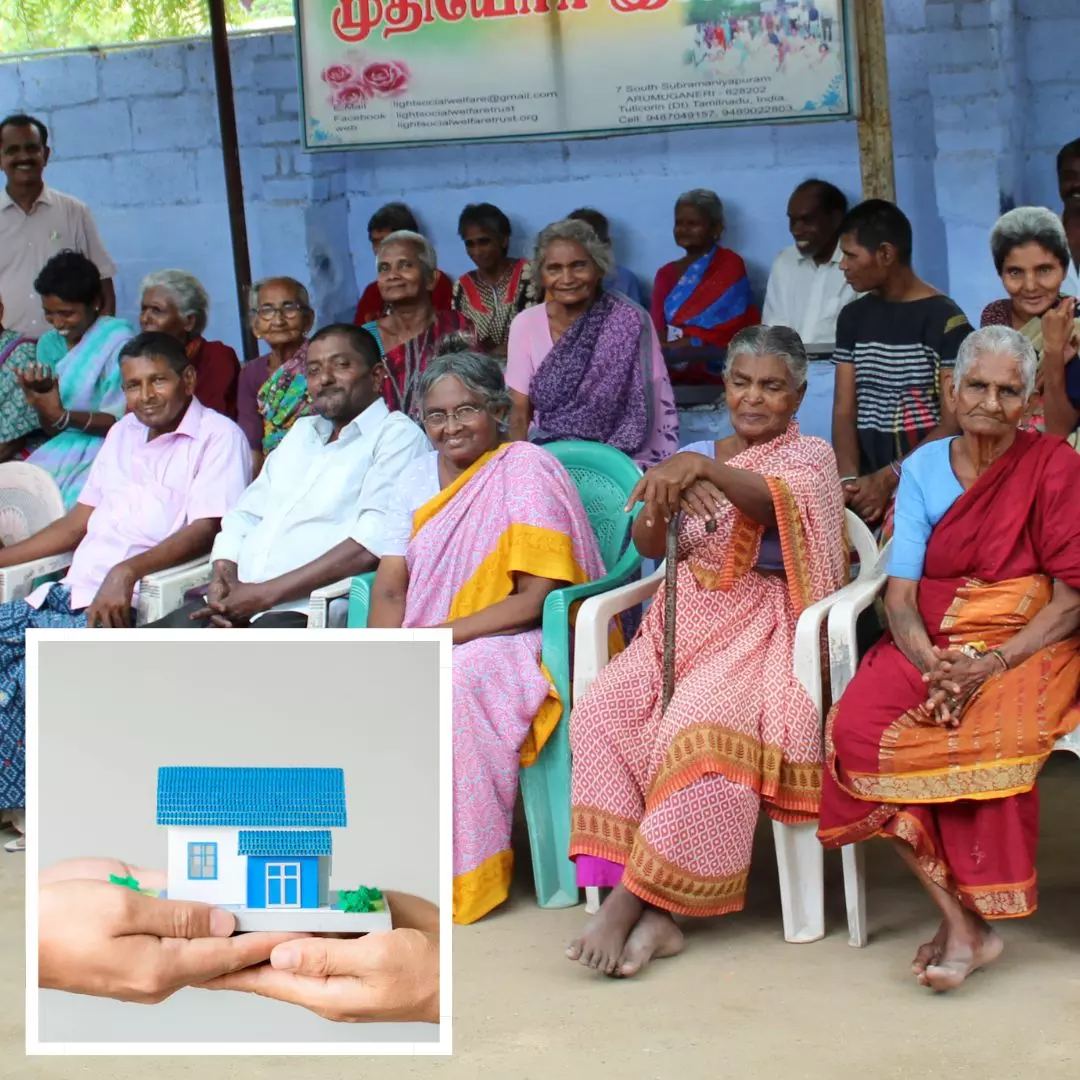Time To Care For Elderly! Know The Reason Behind Rising Number Of Old-Age Homes In India
Writer: Ronit Kumar Singh
A confident and reliable journalist who always desires to toss the unheard voices. I cover politics and governance extensively through stories.
India, 26 Jan 2023 9:32 AM GMT | Updated 27 Jan 2023 11:16 AM GMT
Editor : Shiva Chaudhary |
A post-graduate in Journalism and Mass Communication with relevant skills, specialising in content editing & writing. I believe in the precise dissemination of information based on facts to the public.
Creatives : Ronit Kumar Singh
A confident and reliable journalist who always desires to toss the unheard voices. I cover politics and governance extensively through stories.
Nowadays, married kids prefer living without their parents. Some of them leave their homes to work in different cities or countries, and some don’t feel to get troubled while taking care of their elderly parents. As a result, older adults move away to live in old-age homes to get shelter and food.
India is a nation of traditions where a child since birth is taught about different values, from touching the feet of elders to respecting them as their guardians. It is considered an insult to leave the parents at old-age homes. Unfortunately, days when joint families used to live with parents, grandparents, and siblings, have gone with the increase in urbanisation.
The United Nations Population Fund 2017 report highlights that the population growth of senior citizens in India will increase from eight per cent in 2015 to 19 per cent in 2050. In the decades to come, young India will have more older people. Along with such transformation, the country also witnessed growth in old-age homes.
Around 500 old-age homes were registered in 2016 across the country, which has grown to 728, with the most number of old-age homes in Kerala. Out of 728, only 325 invite older adults to live for free, as the rest of the old-age homes demands pay-for-service. According to reports, if the current situation exists for long, there could be an annual 25 per cent increase in old age homes in India.
Rise In Number Of Old-Age Homes
The old-age homeowners across the country have found several reasons behind the rising trend of old-age homes in India. They believe that married kids don’t prefer living with their elderly parents. Either they move to a different city or country for a job, or they sideline themselves from the trouble of taking care of their parents.
Another primary reason is privacy, as middle-aged adults want to stay alone or with their partner, away from the burden of their older parents. It’s disheartening for their ageing parents as their children can’t bear them living in the same house due to the fear of privacy infringement.
Additionally, the generation gap between young and older adults creates complexity when making a collective decision. In most cases, the seniors don’t accept the decisions made by their children- such as their daughter-in-law being an independent employee. In such circumstances, children feel that relocating their parents is the only way to prevent problems.
Regarding relocating senior parents, safety and security factors are significant concerns. It’s also a primary reason for most older adults opting for old-age homes where they find a suitable environment and secure place to live.
Challenges Faced By Senior Citizens
The National Policy for Senior Citizens was prepared by the Ministry of Social Justice and Empowerment in 2011, which mentions that institutional care should be seen as the last resort for senior citizens. The ministry also implemented the Integrated Programme for Old Persons, which tends to support the developing, establishing, and maintaining old-age homes across India.
Under the provisions, the states are also liable to build at least one old-age home for senior citizens with a capacity of 15- persons in every district. Despite the focus of central and state governments on the welfare of older adults, they face numerous challenges in old-age homes.
Many senior citizens face the most common problem of finding the right home, according to their lifestyle and budget. Adapting to the new living arrangements and getting used to the food might also take some time. After spending their entire life with children and family, senior citizens find adjusting to a new group of people difficult.
Although senior citizens are provided reliable and comprehensive care at old-age homes, the cold storm during the winter season might become a health hazard. Several older adults in old-age homes show health issues that include cardiovascular diseases, mobility issues, and respiratory problems, among others.
As senior citizens go to a new home without their wish where they live with a new group of people in a new lifestyle, it becomes difficult for them to adjust and adapt to the new environment. People should come forward to help those older people by providing them with the necessary resources which make their life easy and comfortable.
 All section
All section

















